Following a successful year, the University of Minnesota’s Solar Vehicle Project (SVP) faces its newest challenge: what comes next.
Most recently, the SVP team traveled to Australia in October with their current car, Gaia, and took second in the 2023 Bridgestone World Solar Challenge.
Gaia is the 15th car since SVP’s inception in 1990, and Director of Engineering Joel Roberts said it took about three years to build. The team plans to race in the American Solar Challenge this summer after modifying and swapping out some of Gaia’s parts.
Roberts said because the American and World Solar Challenges are slightly different, some parts need to be changed on the car to meet the regulations for the race.
The team recently started plans for their next car and while SVP cannot currently give many details, they are testing new ideas such as motor designs, a lighter base and minor details to help long term. The team wants to improve on past years and continue to be successful with the new car, according to Roberts.
“We’ve been around for 34 years, and these are the best results we’ve ever got,” Roberts said. “The team is in a good place. Now we’re like, ‘How can we bring this across the finish line? How do we get the best car in the world?’”
While engineering is a component of SVP, there is also an operations side of the project. Director of Operations Harry Mahmic said while the team has many engineering subgroups, they recently established a set of subgroups for marketing, finance and event planning.
“We’re looking for new, better strategies for working with sponsors,” Mahmic said. “Giving them opportunities to work with the team on research projects, different kinds of funding and donations.”
Mahmic said he sees SVP as a small engineering firm because of the scale of the project and it gives a sense of how things might look in a future career.
“Communication and learning how things get done is an accurate replica and simulation of what kind of work you’re going to do once you graduate,” Mahmic said. “It’s just a lot of fun and also describes the experience for after graduation.”
Although the team is open to all majors, it is a College of Science and Engineering student group with a considerable percentage of engineering majors, according to Roberts. He added hands-on experience is crucial for those who want to pursue a career in engineering.
“It’s an opportunity to apply what you’re learning in class. So it’s not just the theory,” Roberts said. “The team gives an opportunity to apply that to a real-life problem, to design something real, build something real and see the success of that product, and that experience is hard to get.”
As a member of the electrical subteam and motor design team, Jack Vogel said he understands the advantages of getting hands-on experience. He added designing a solar-powered car brings unique challenges where one decision could make things difficult for the rest of the team.
“We have discussions on whether we are going to do four-wheel drive or two-wheel drive or what type of motor because there are all kinds of different types of motors,” Vogel said. “If we do two-wheel drive, it’s easier to wire it because we only need two motor controllers. If we do four-wheel drive, it gets a lot more complicated for all the other subsystems, but makes it easier for us to design it.”
Vogel said for their future car, they plan on fixing issues related to the car’s function and changing the wiring to make it run smoother. The team is determined to make the car as close to the industry standard as possible.
“We try to mimic the way they do things in a certain way so that we’re not just winging it,” Vogel said. “There is typically a reason they do things that way in the industry.”


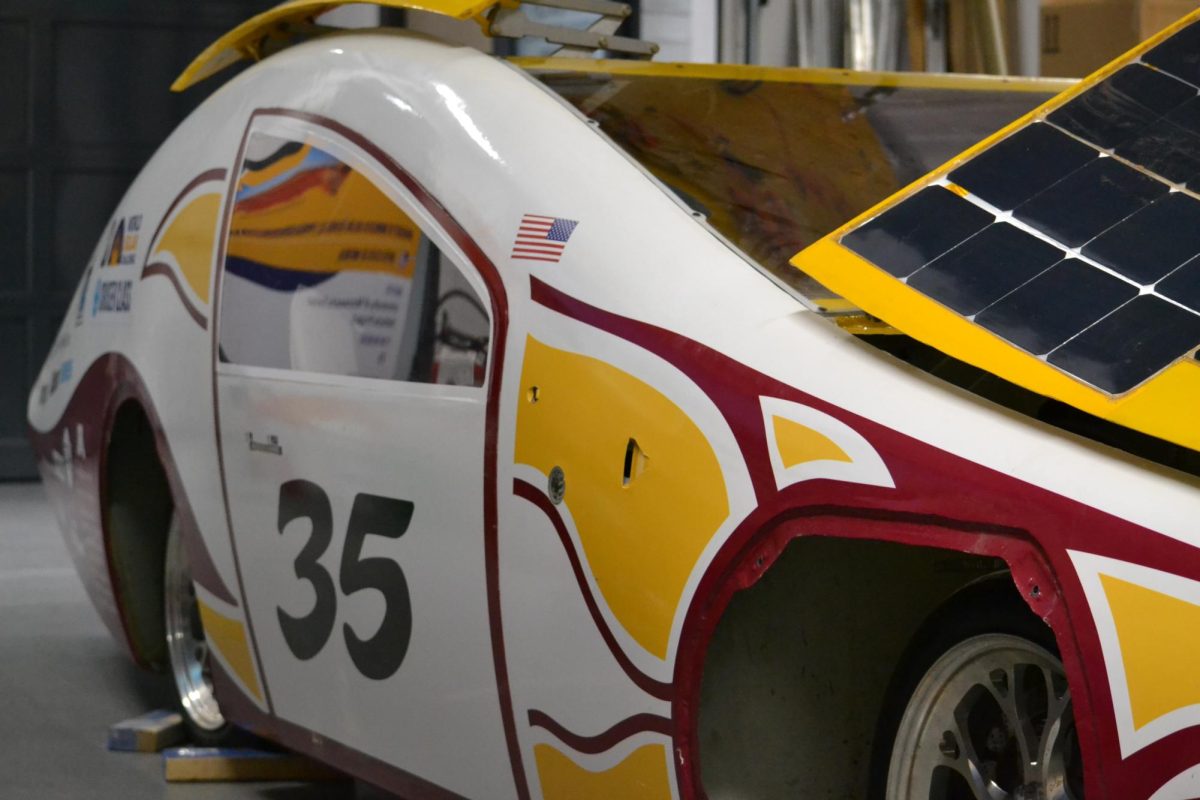
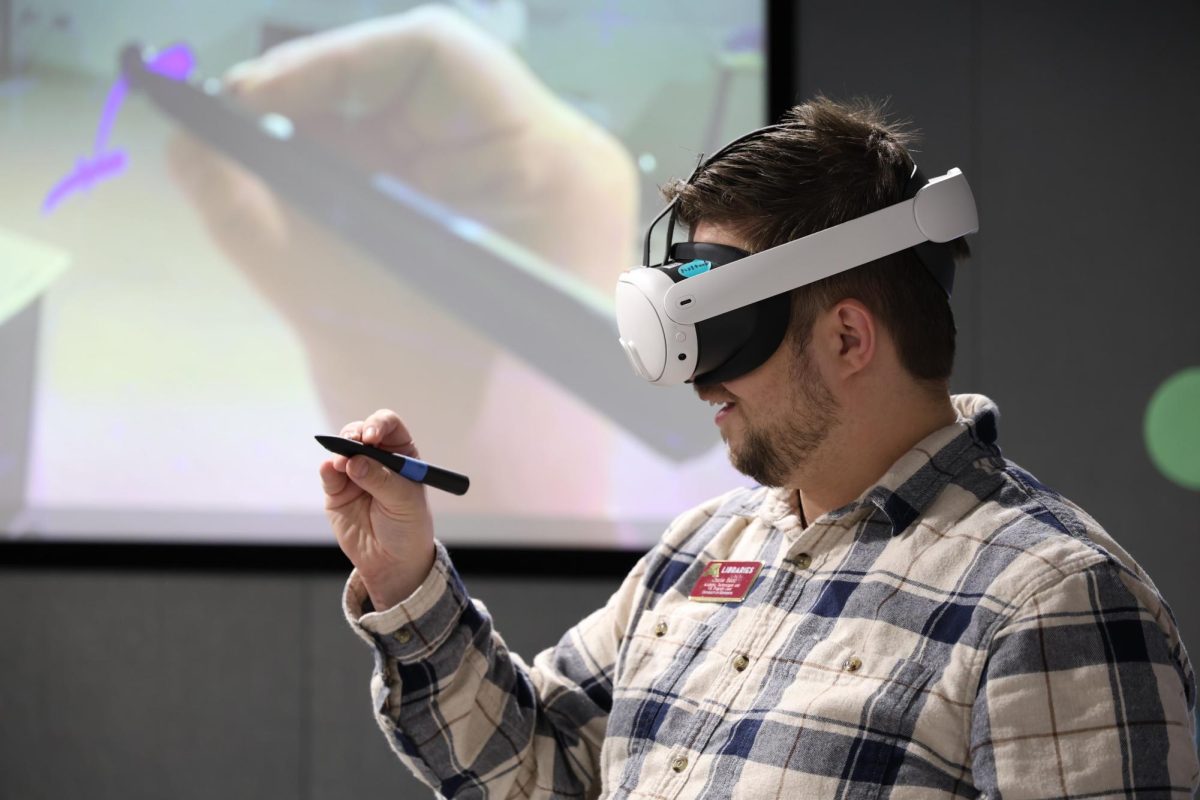


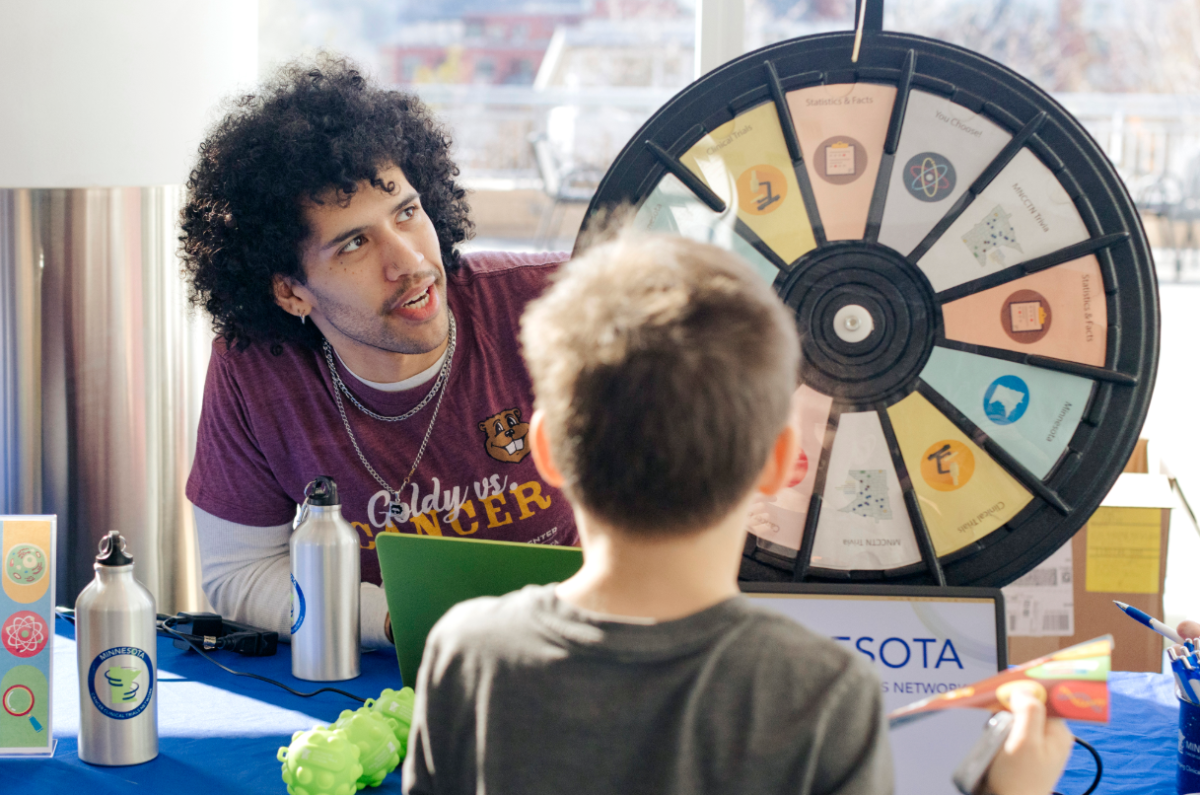
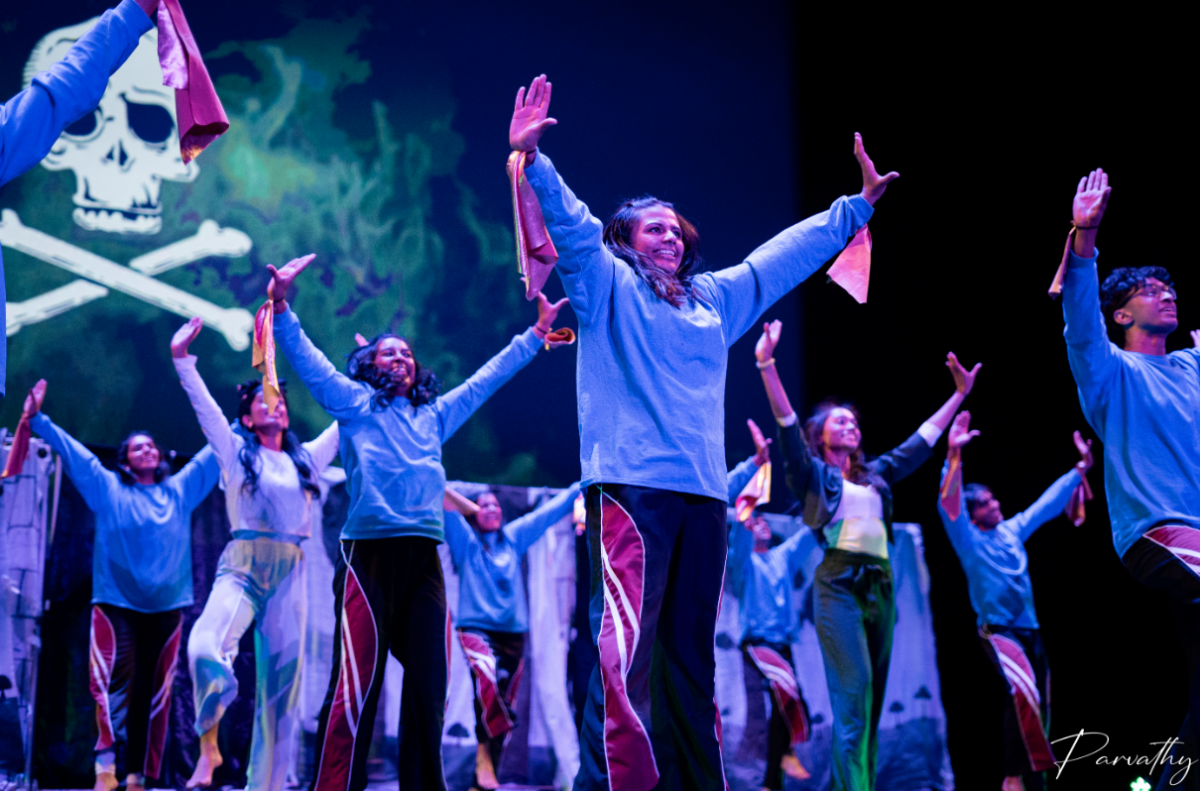

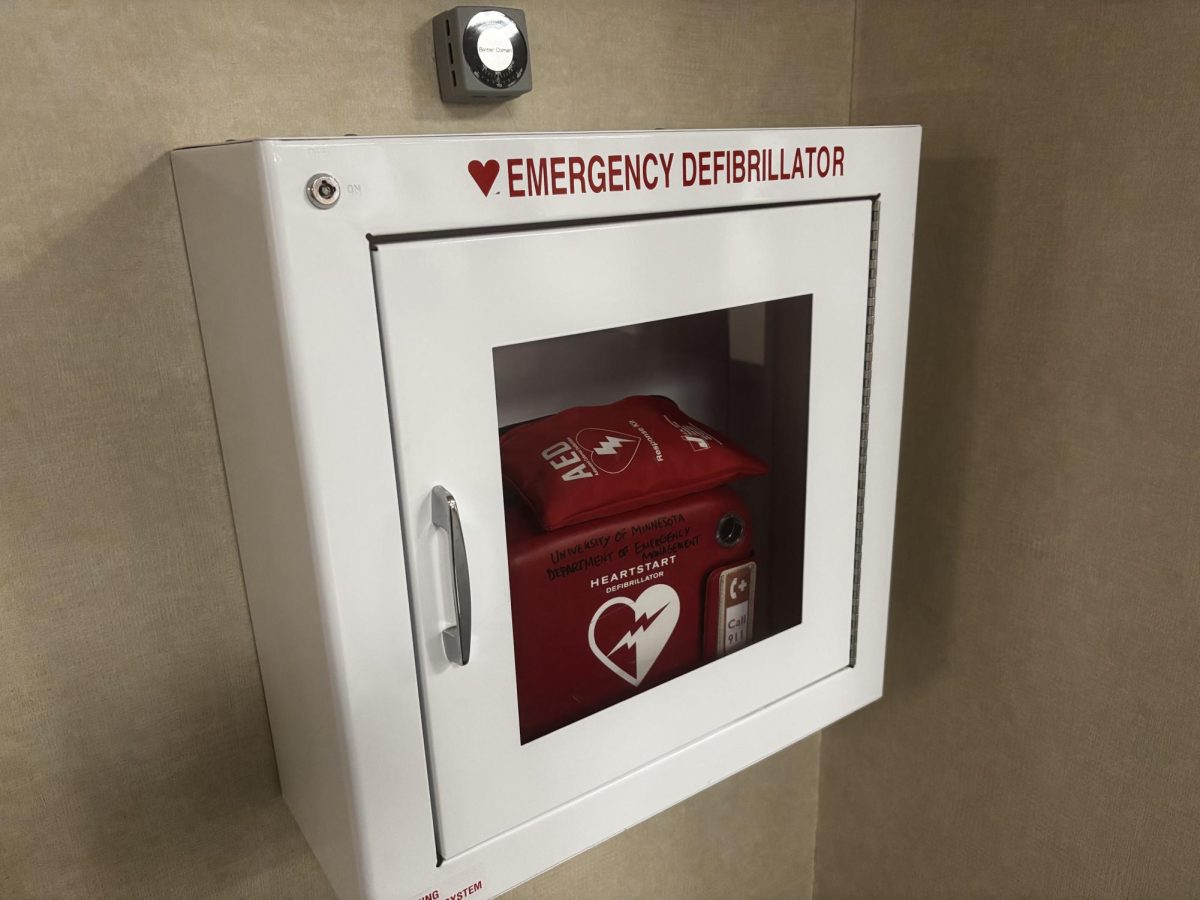
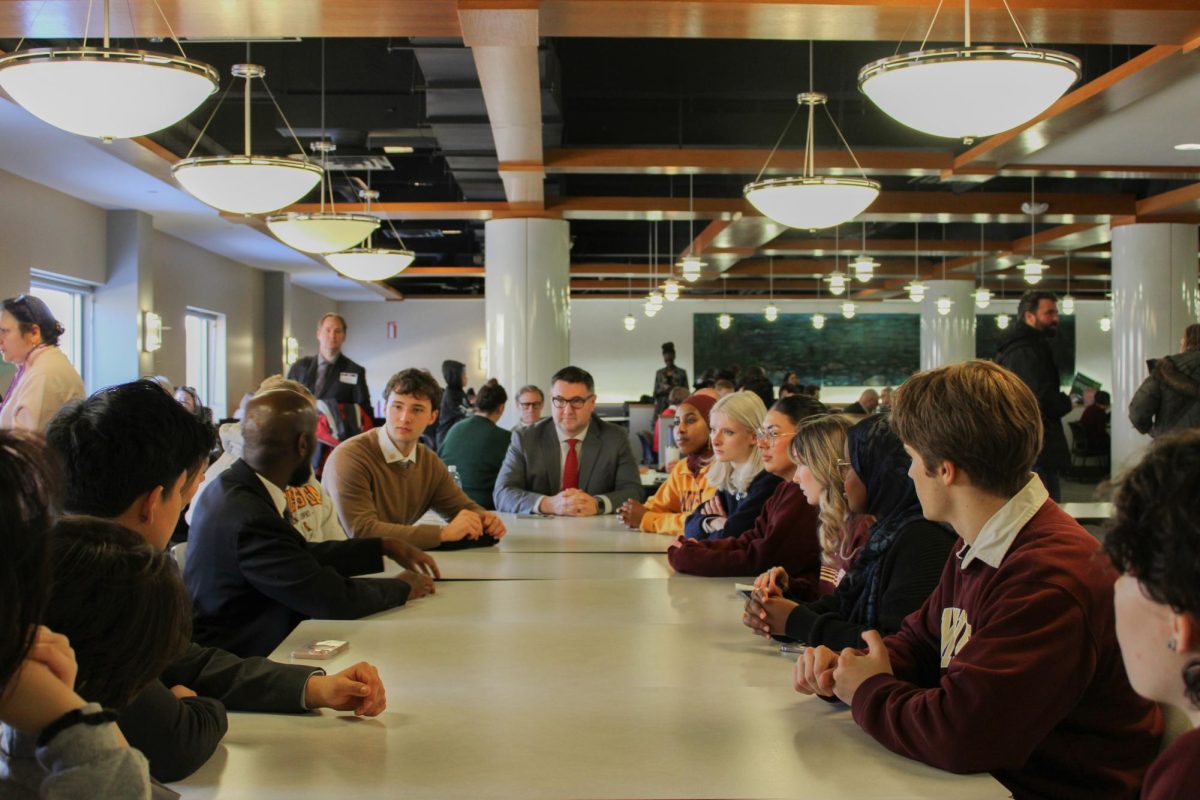
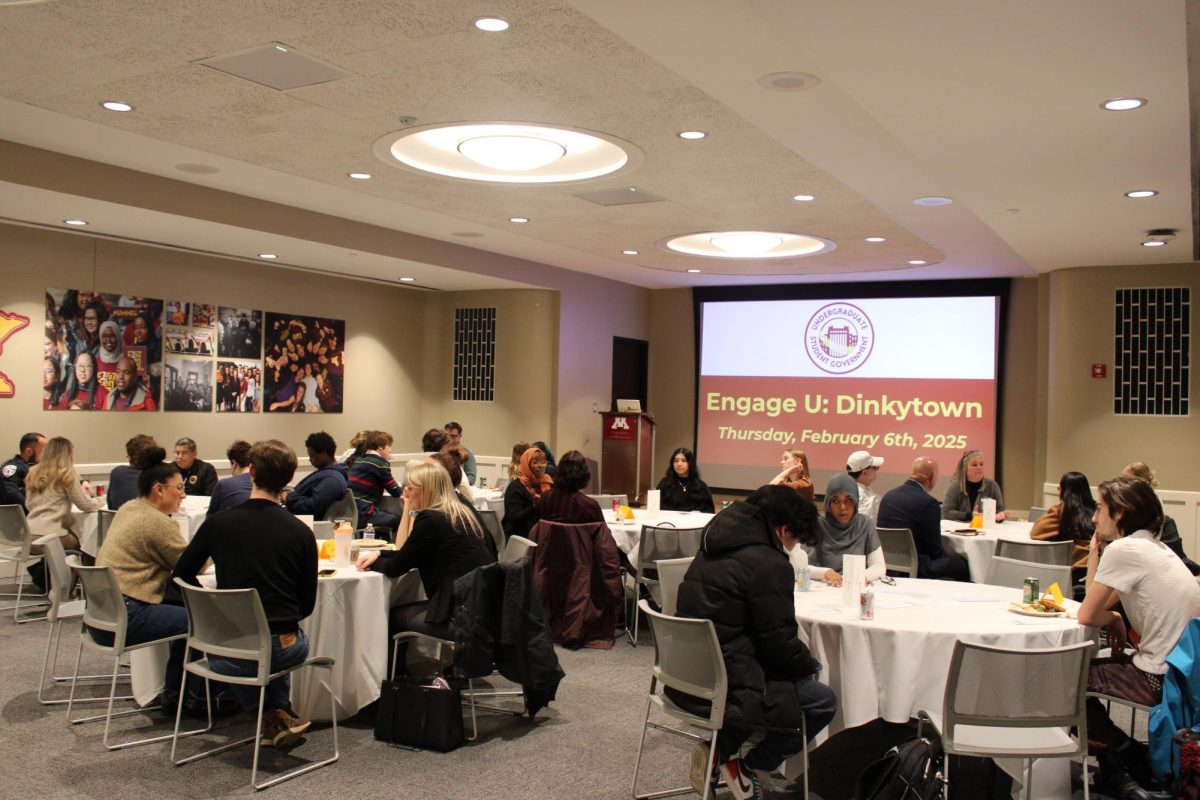
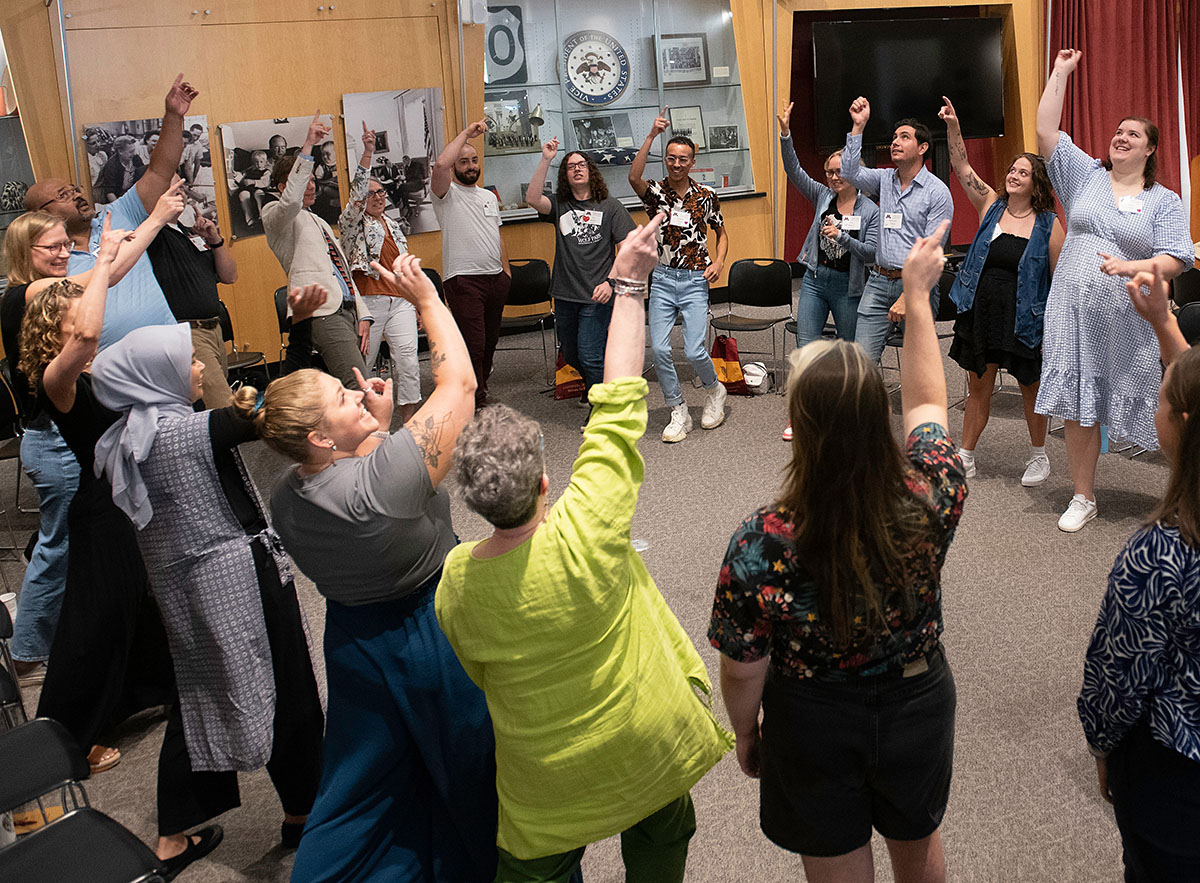


Steve Ingvarsson
Mar 20, 2024 at 11:14 am
Sorry ,I think I meant the Axial Flux motor.
Steve Ingvarsson
Mar 20, 2024 at 11:10 am
Can you use the Radial Flux inductive motors .There would be a motor on each wheel. And it is a lighter ,smaller motor.